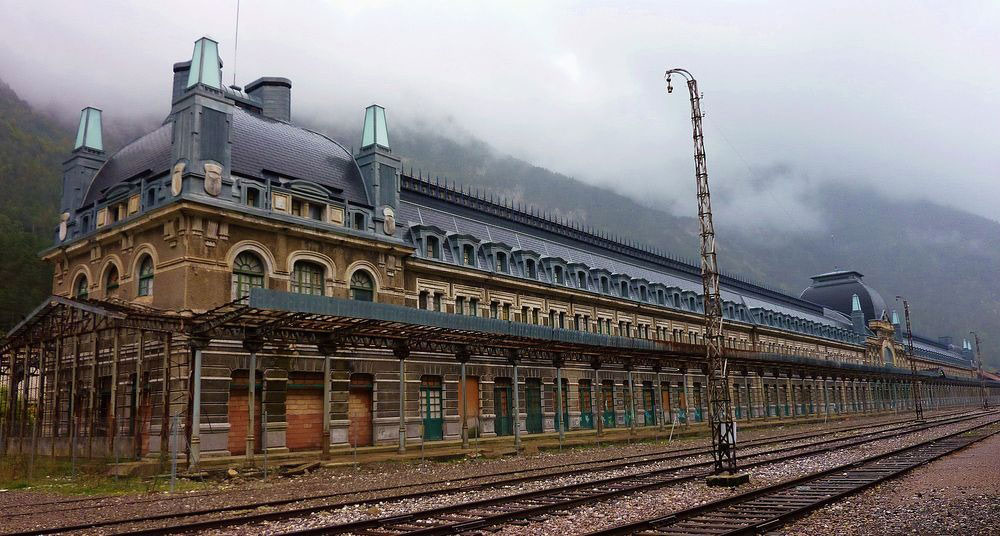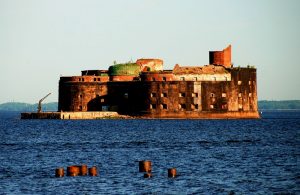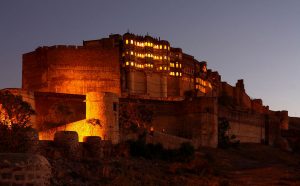It was once the second biggest train station in Europe.
Deep in the Aragon river valley, close to the border with France, lies the abandoned ruin of Canfranc International Station in Spain. The opening was visited by royals and it was dubbed the “Titanic of the Mountains”.
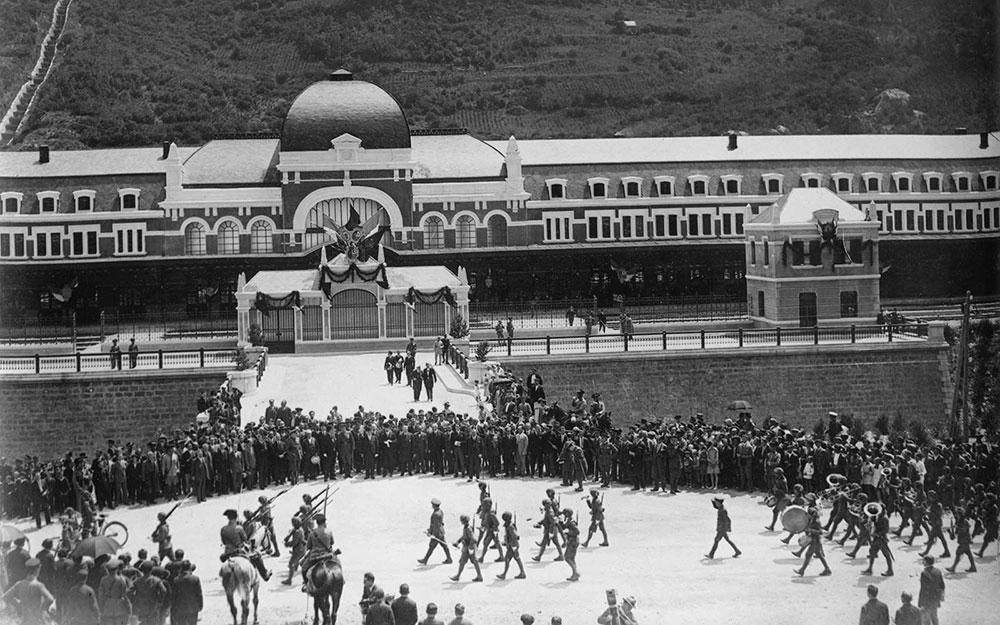
In 1928, the Canfranc International Railway Station was the biggest rail station in Europe, and was the centerpiece of a railway between France and Spain. Glamorous and over the top, the Spanish government hoped to attract rich visitors from across the continent to the station’s hotel.
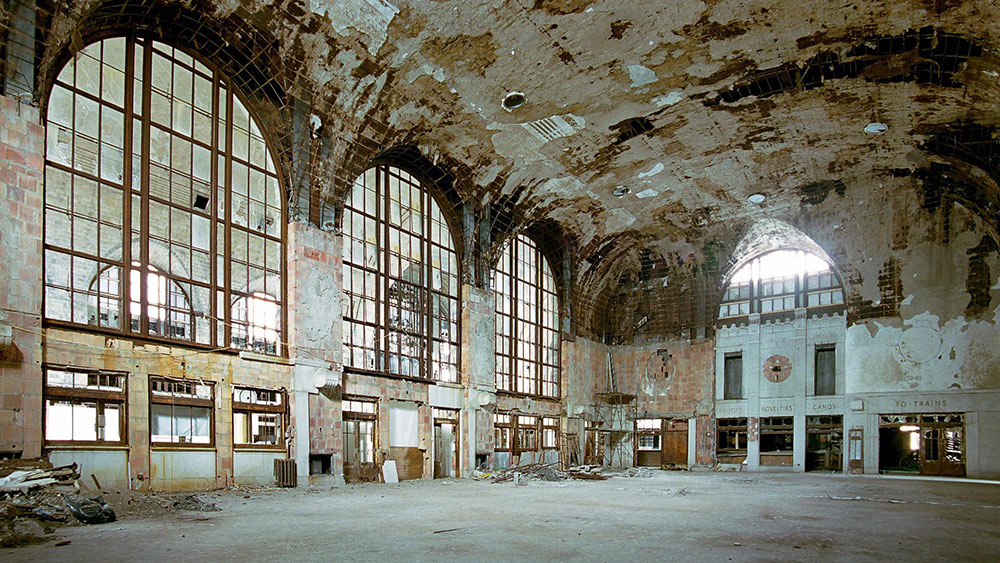
Built with iron and glass, the station’s art nouveau building stretches a quarter of a kilometer long, and its façade is decorated with more than three hundred windows. Inside the building there was once a luxurious hotel, an infirmary, a restaurant and living quarters for customs officers. Aside from the platform and the main building, there was a large locomotive depot, two sheds for the transshipment of freight between French and Spanish trains, various other outbuildings and an extensive layout of tracks.
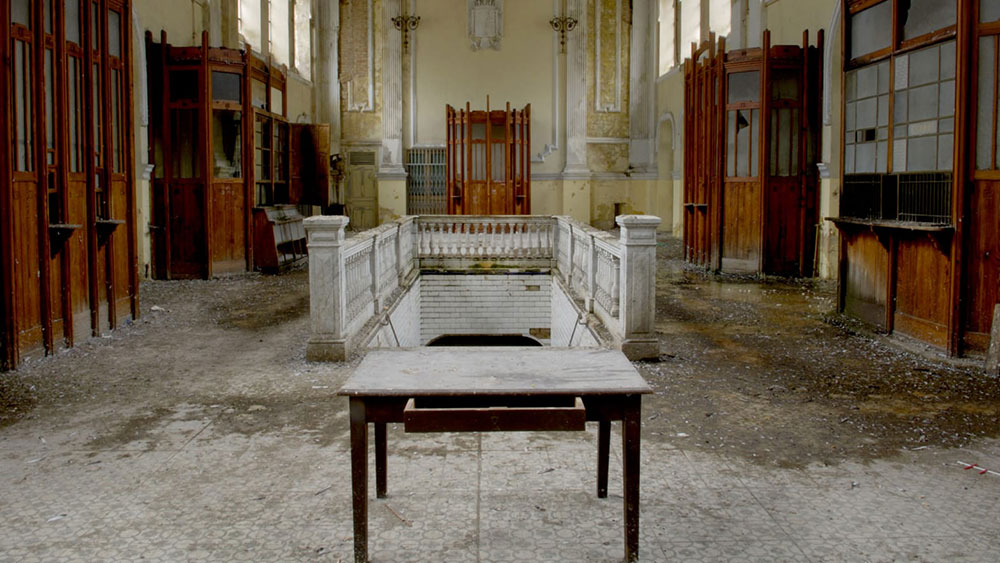
The railway line never became profitable. Immediately after the line opened, Europe sank into an economic crisis, and things got worse when Franco ordered the tunnels sealed during the 1936’s Spanish civil war to prevent Republican opponents from smuggling weapons in. For the short period the station operated, it saw as few as 50 passengers a day.
The biggest flaw with the railway link was that gauges used by both countries were incompatible with each other. The French rail standard gauge was of 1,435 millimeters, while the Spanish gauge was of 1,672 millimeters. This meant that when passengers arrived into the station from one country, they had to change trains to continue their journey forward.
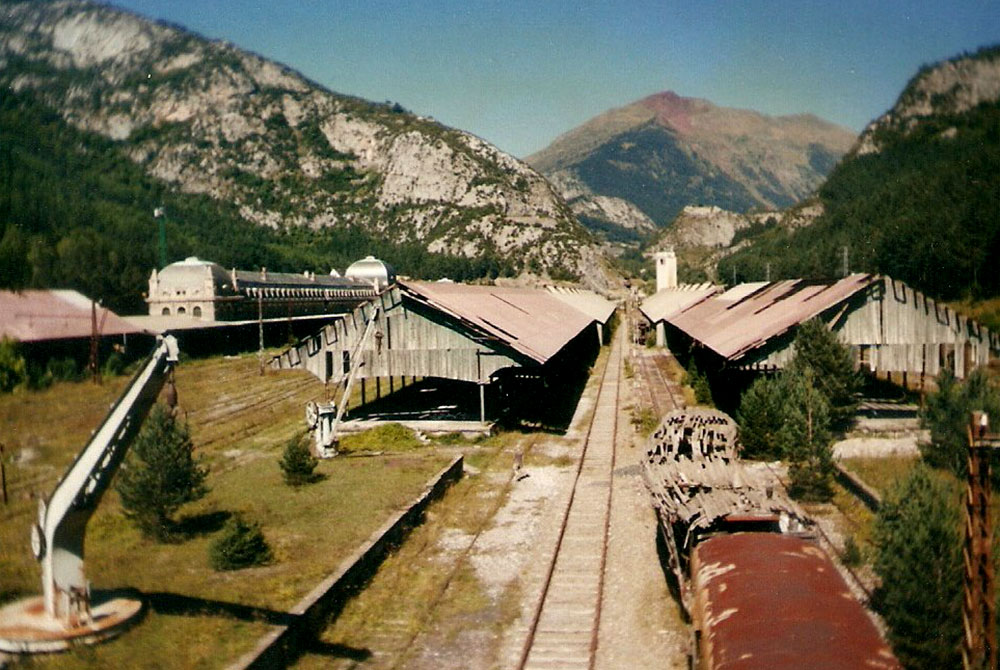
Then the worldwide financial crash of 1929 hit and soon the massive station was only catering to 50 passengers a day.
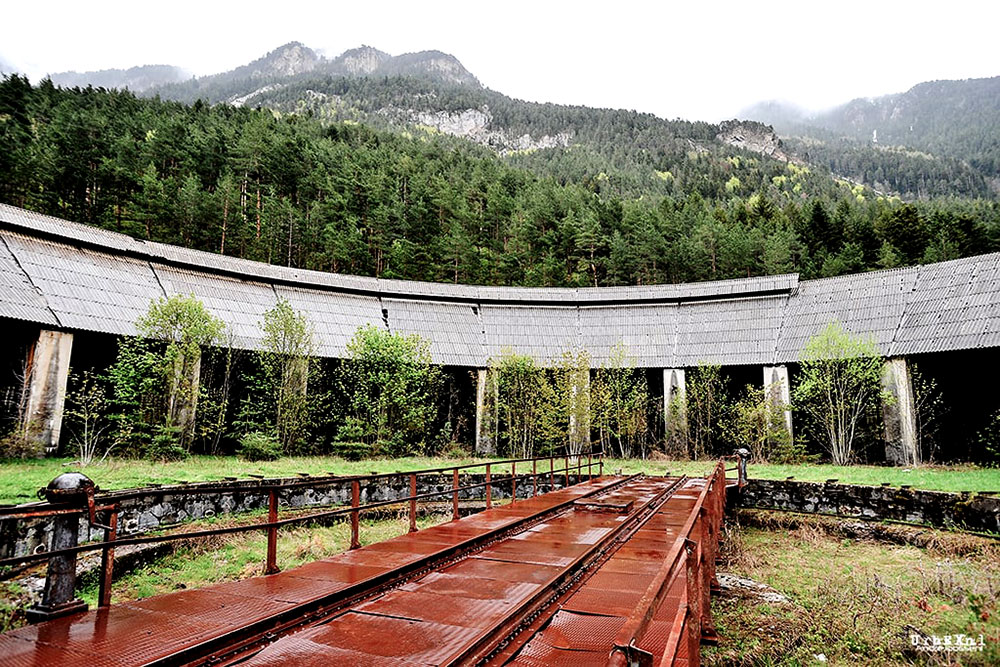
The Spanish Civil War then saw Francisco Franco close all the surrounding tunnels to stop arms smuggling, but the station survived through World War II and ended up being an escape route for many Jews and Allied soldiers. Also during World War II, Canfranc was a hive of activity and intrigue, witnessing arrests, espionage and gold trafficking.
The station limped on until 1970 when it finally closed following a train derailment into a nearby bridge. It was decided that the bridge was too expensive to rebuild and Canfranc’s fate was sealed. The stunning facade was left to rot; buildings fell into ruin; and the “Titanic of the Mountains” slowly decayed. The village shrunk as the population faded away.
Share this:
- Click to share on Facebook (Opens in new window)
- Click to share on Twitter (Opens in new window)
- Click to print (Opens in new window)
- Click to share on LinkedIn (Opens in new window)
- Click to share on Reddit (Opens in new window)
- Click to share on Tumblr (Opens in new window)
- Click to share on Pinterest (Opens in new window)
- Click to share on Pocket (Opens in new window)
- Click to share on Telegram (Opens in new window)
- Click to share on WhatsApp (Opens in new window)

